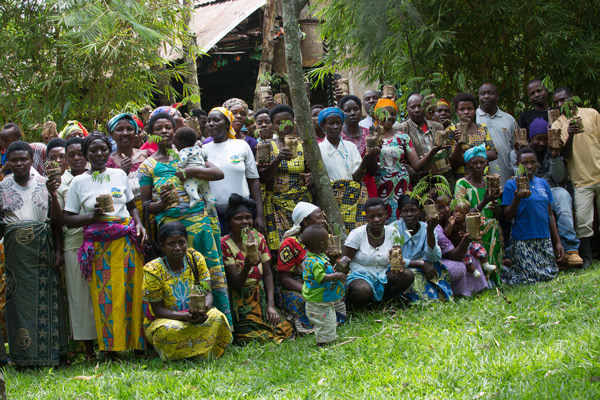
How Rwanda Redrock Tourism project engages visitors and reduce poverty through sustainable education programs?
Tourism can make a difference, and Greg Bakunzi from Redrock Rwanda is showing the Rwanda style approach as an example of leading the way in poverty reduction through education involving tourism and visitors.
The United Nations defined sustainability as “meeting the needs of the present without compromising the ability of future generations to meet their own needs.”
The last decade has seen worldwide effort, led by UNESCO, to promote ESD (education for sustainable development) that ensures social, ecological and economic viability and well-being.
According to an article appearing in Habitat for Humanity website, various global indices including the Social Progress Index and the Human Development Index show that low educational attainment is most widespread in Sub-Saharan Africa, and South Asia. Sub-Saharan African countries often suffer from relatively unstable economies as well as and droughts which further worsen the educational crisis and poverty levels.
In Rwanda, even though the government has strived to make education affordable, still, some children, especially in rural areas are unable to go to school because their families face different challenges like poverty. Therefore, many children do not have scholastic materials to make them effectively learn.
Redrock Initiraive from Rwanda
It is in this regard that private sector players and organizations like Red Rocks Rwanda, through one of its programs called Red Rocks Initiatives for Sustainable Development have stepped in to fill this gap.
Through this program, Red Rocks engage a team of volunteers to teach the local youth and women, who were unable to go to school, and hence are hampered by illiteracy, to teach them mostly English language so that they can effectively communicate with visitors.
Red Rocks Cultural Center, where this initiative is run, is Musanze district, the hub of tourism in Rwanda. Therefore, the main purpose of the program is to teach these youth English skill to enable them interact with tourists.
The women and youth are involved in selling products like handcrafts and it’s through effective communication that they can engage with the tourists who visit local attraction sites. The locals are able to uplift their living standards and help in conservation around our parks.
The locals are helped to learn foreign international languages, housekeeping, capacity building, an international architecture, modern farming techniques and about the environment and its conservation and other skills that may uplift their living standards.
But this is not the end. Another key mission of the program is to invite professionals, teachers, educators and conservationists to educate the locals on conservation, particularly around the national parks.
“We believe that the sustainable education program initiated by Red Rocks as one of its major initiatives is going to eventually lead to community development but also environmental conservation,” says Greg Bakunzi, the founder of Red Rocks Rwanda and the initiator of the program.
He adds that they also hope, through support and volunteerism, to educate kids that come from extremely poor families.
“These children need education just like the rest of us. In this age, education for all should be given priority and everyone with ability should take responsibility to support those kids who are not able to go to school because of different challenges,” says Bakunzi.
The Red Rocks Sustainable Education programs believe that it’s through education that we can break the circle of poverty and hopeless indigence that affect many families in rural area, particularly in Nyakinama village when the center is located.
